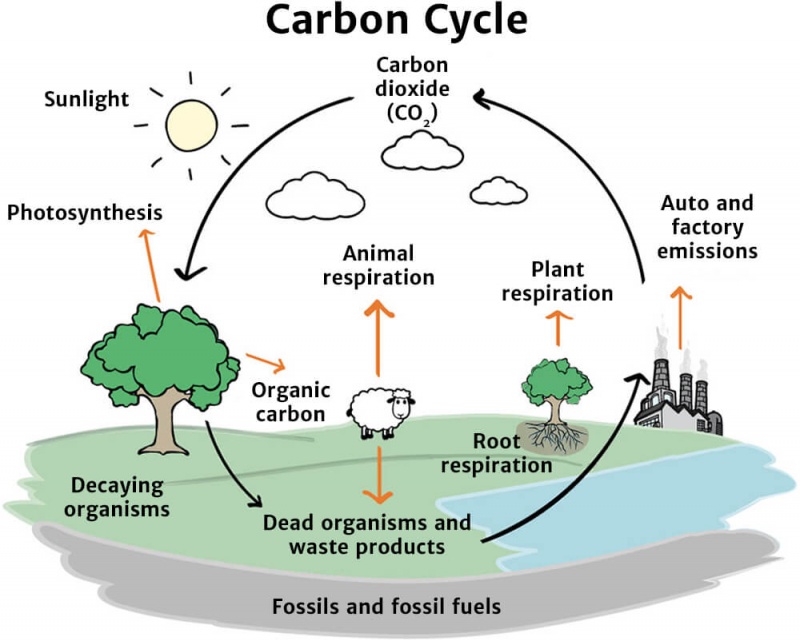

Over millennia, the ocean will absorb up to 85 percent of the extra carbon people have put into the atmosphere by burning fossil fuels, but the process is slow because it is tied to the movement of water from the ocean’s surface to its depths. However, since carbon concentrations in the atmosphere have increased, the ocean now takes more carbon from the atmosphere than it releases. The hydrogen reacts with carbonate from rock weathering to produce bicarbonate ions.īefore the industrial age, the ocean vented carbon dioxide to the atmosphere in balance with the carbon the ocean received during rock weathering. Once in the ocean, carbon dioxide gas reacts with water molecules to release hydrogen, making the ocean more acidic. At the surface, where air meets water, carbon dioxide gas dissolves in and ventilates out of the ocean in a steady exchange with the atmosphere. However, the slow carbon cycle also contains a slightly faster component: the ocean. It takes a few hundred thousand years to rebalance the slow carbon cycle through chemical weathering. If carbon dioxide rises in the atmosphere because of an increase in volcanic activity, for example, temperatures rise, leading to more rain, which dissolves more rock, creating more ions that will eventually deposit more carbon on the ocean floor. For comparison, humans emit about 30 billion tons of carbon dioxide per year-100–300 times more than volcanoes-by burning fossil fuels.Ĭhemistry regulates this dance between ocean, land, and atmosphere. At present, volcanoes emit between 130 and 380 million metric tons of carbon dioxide per year. When volcanoes erupt, they vent the gas to the atmosphere and cover the land with fresh silicate rock to begin the cycle again. The heated rock recombines into silicate minerals, releasing carbon dioxide. When the plates collide, one sinks beneath the other, and the rock it carries melts under the extreme heat and pressure. Earth’s land and ocean surfaces sit on several moving crustal plates. The slow cycle returns carbon to the atmosphere through volcanoes.


 0 kommentar(er)
0 kommentar(er)
